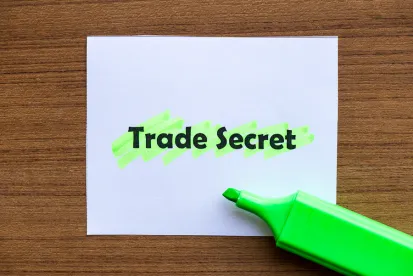Innovations that are eligible for patent protection are often vital to a company’s revenue stream and profitability, but in some cases, opting for trade secret protection is a better strategic choice.
Although some types of confidential business information may not be patentable under US law — including customer lists, pricing information, and marketing strategies — many inventions and novel designs are eligible. If they meet specific criteria, machinery, manufactured items, processes, and compositions of matter can receive 20 years of patent protection starting with the application filing date, while design patents have a 14-year term from the date the patent is issued. Trade secret protection, in contrast, lasts indefinitely as long as the information is kept secret. Another potential drawback of filing for a patent application is that it requires public disclosure of the innovation so that someone of ordinary skill in the art can make and use that invention.
In deciding between patent and trade secret protection, companies should consider two main issues. The first is whether someone outside the company could easily figure out the secret information used in the innovation by reverse engineering one of the company’s products. If so, patenting is likely the appropriate choice. The other question is whether a company can recoup its investment in the innovation during the term of the patent. In some situations, companies can maximize the protection of their innovations through a hybrid approach, by seeking one or more patents for some features of an innovation and safeguarding other aspects as trade secrets. One example could be obtaining a patent for the exterior dimension of a product and designating the machining process to form its exterior dimensions a trade secret.
Carefully analyzing the nature of confidential information used to create products can help companies best decide when to protect that information indefinitely as a trade secret and when to use the patenting process.





 />i
/>i

